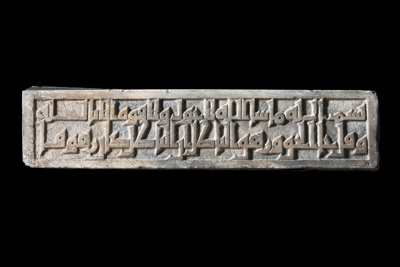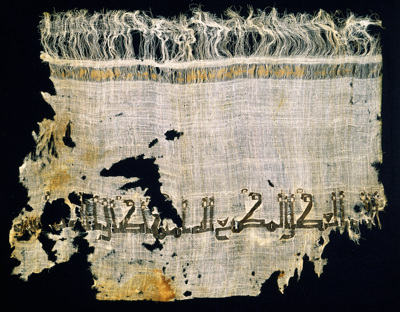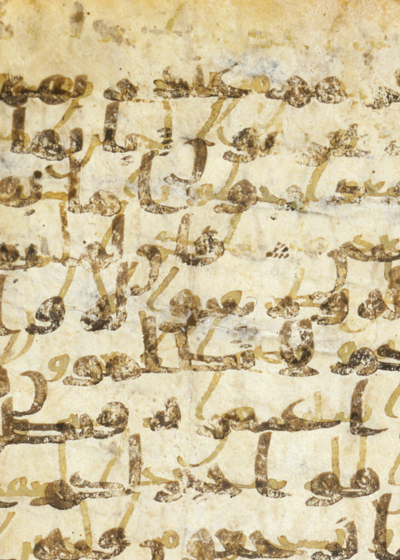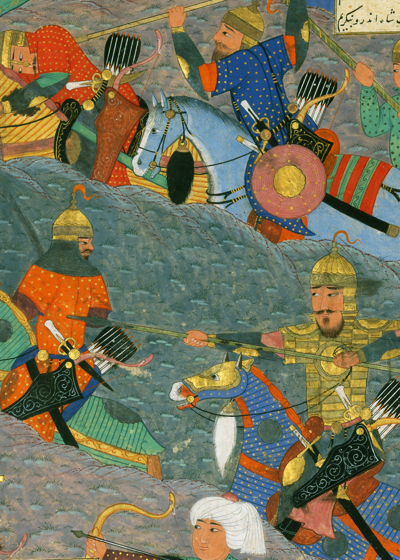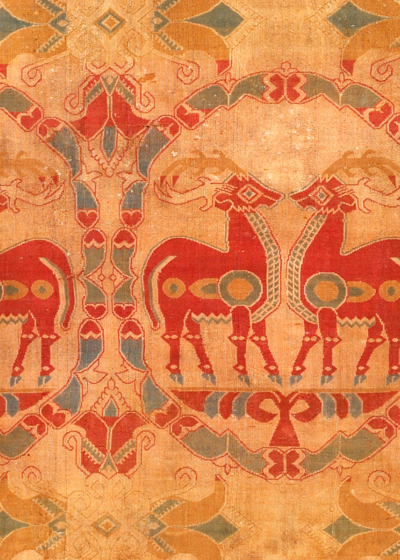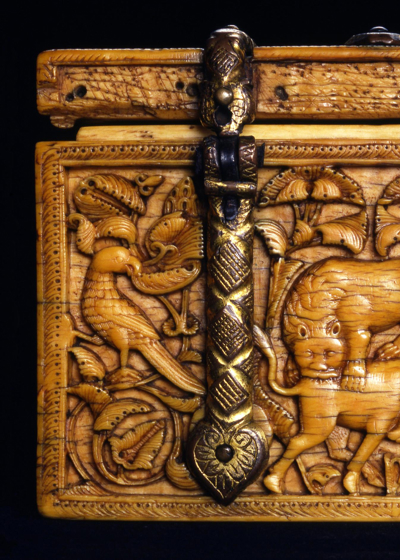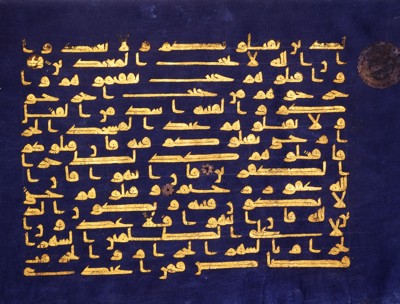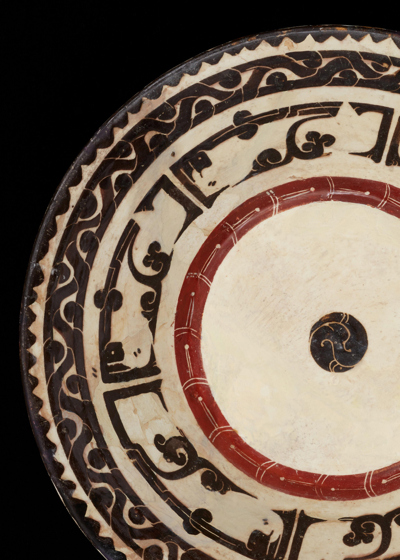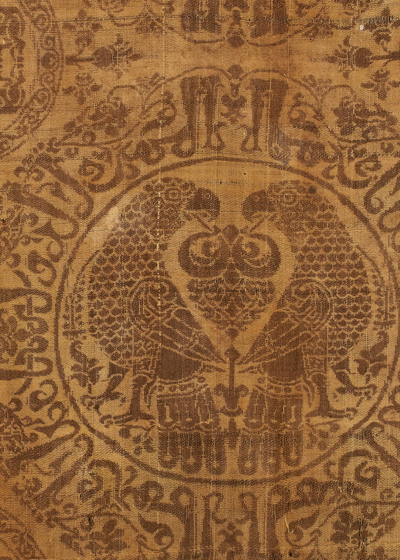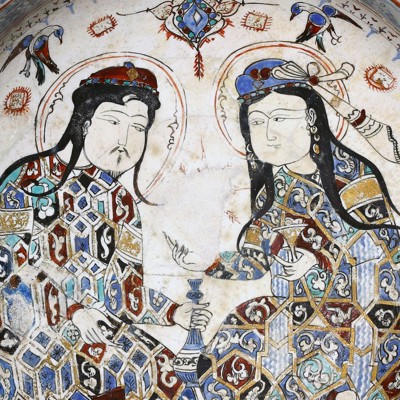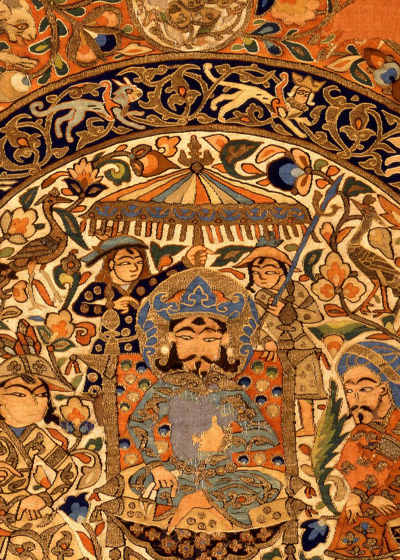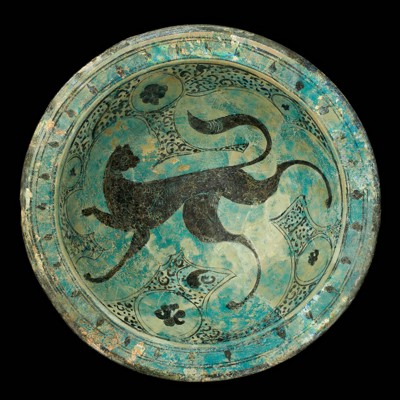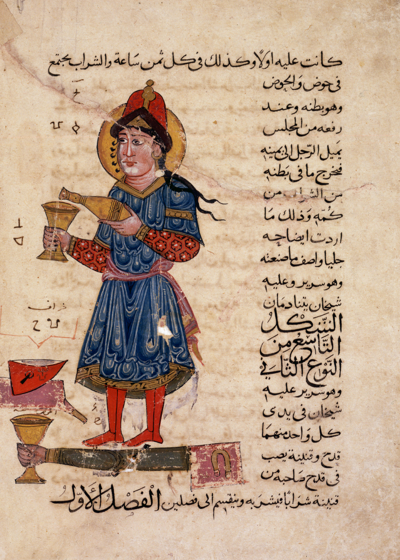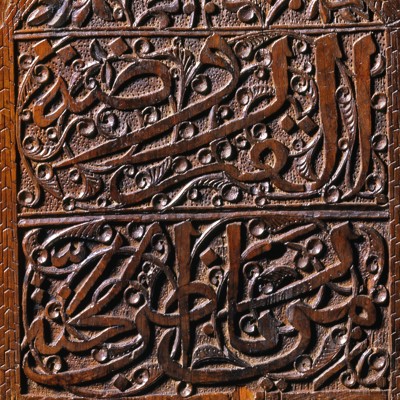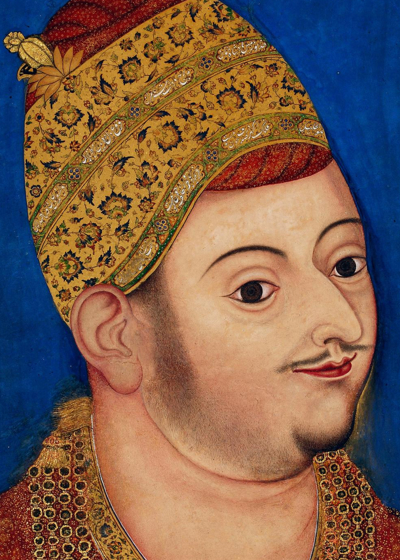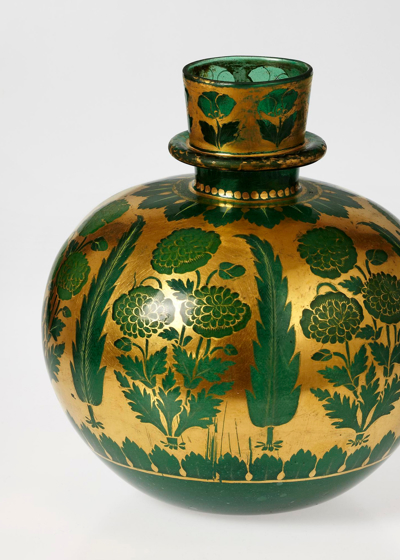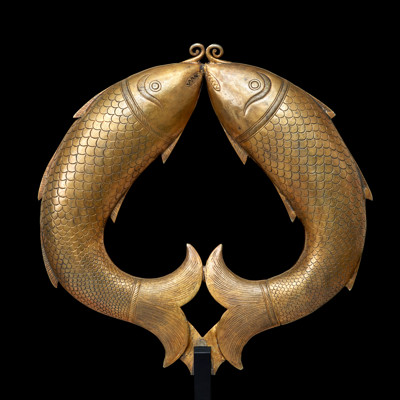Tuluniderne og Fatimiderne
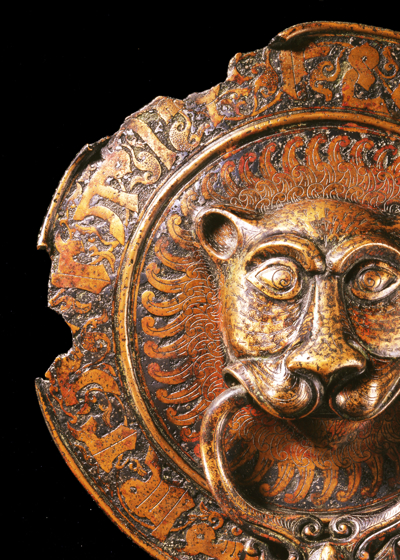
År 850-1200
Egyptens løsrivelse fra abbasiderne startede under tuluniderne (868-905). Ahmad ibn Tulun var abbasidisk guvernør over Egypten, men han tog selv kontrol med landets finanser og erobrede derefter Syrien med sin egen hær. I sin egyptiske hovedstad Fustat anlagde han en ny bydel til hæren, med et af periodens vigtigste, bevarede islamiske monumenter, nemlig Ibn Tulun-moskeen, der er stærkt påvirket af den samtidige arkitektur i abbasidernes Samarra. Dynastiet regerede kun få generationer, hvorefter Egypten og Syrien kortvarigt faldt tilbage under abbasidisk kontrol.
I Tunesien var det fatimidiske dynasti (909-1171) opstået. Fatimiderne var shia-muslimer og førte deres familie tilbage til Fatima, datter af profeten Muhammad og gift med Ali, den fjerde kalif. Derfor mente dynastiets grundlægger, Abd Allah, at han havde større ret til at lede den muslimske verden end abbasiderne, og han antog selv titlen kalif. Dette efterfulgtes af erobringer østover, hvor Egypten blev indtaget i 969 og Cairo anlagt ved Fustat i 973. Siden kom også Syrien under fatimidernes kontrol.
Størsteparten af fatimidernes undersåtter var sunni-muslimer, som nød godt af fatimidernes generelt set store tolerance. Også jøder og kristne kunne nå de højeste poster inden for statsapparatet. Fatimiderne forsøgte dog at udbrede deres indflydelse og oprettede bl.a. al-Azhar-universitetet i Cairo til uddannelse af personer, der skulle propagandere for shiismen i de sunni-dominerede områder.
Fatimiderne nåede et politisk højdepunkt under kaliffen al-Mustansir (1036-1094), hvor størsteparten af Den Arabiske Halvø og tilmed Baghdad en overgang kontrolleredes. Økonomien blomstrede, idet Egypten havde udviklet sig til centrum for handelen mellem Indien og Middelhavslandene. Cairo overgik snart Baghdad i størrelse og pragt. Byen blev et centrum for den kunstneriske produktion af lustre-keramik, glas, træskærerarbejder, samt luksusartikler i bjergkrystal og elfenben, der både fandt plads i kaliffernes overdådige skatkamre og eksporteredes til bl.a. Sydeuropas kristne riger. Først tørkekatastrofer og social uro, siden pres fra de tyrkiske seljukker og kristne korsfarere udmarvede i løbet af det 12. århundrede fatimiderne. I 1171 bukkede de under for ayyubiden Salah al-Dins (Saladins) tropper.
Sicilien var i løbet af det 9. århundrede blevet indtaget af muslimer fra Tunesien. Kalbiderne (948-1053), der regerede på vegne af fatimiderne, foretog plyndringstogter langt op i det italienske fastland. Interne stridigheder banede dog allerede mod slutningen af det 11. århundrede vejen for en normannisk magtovertagelse. Den muslimske kultur, der beundredes af normannerne, levede dog videre på øen nogen tid endnu.
Geografi

